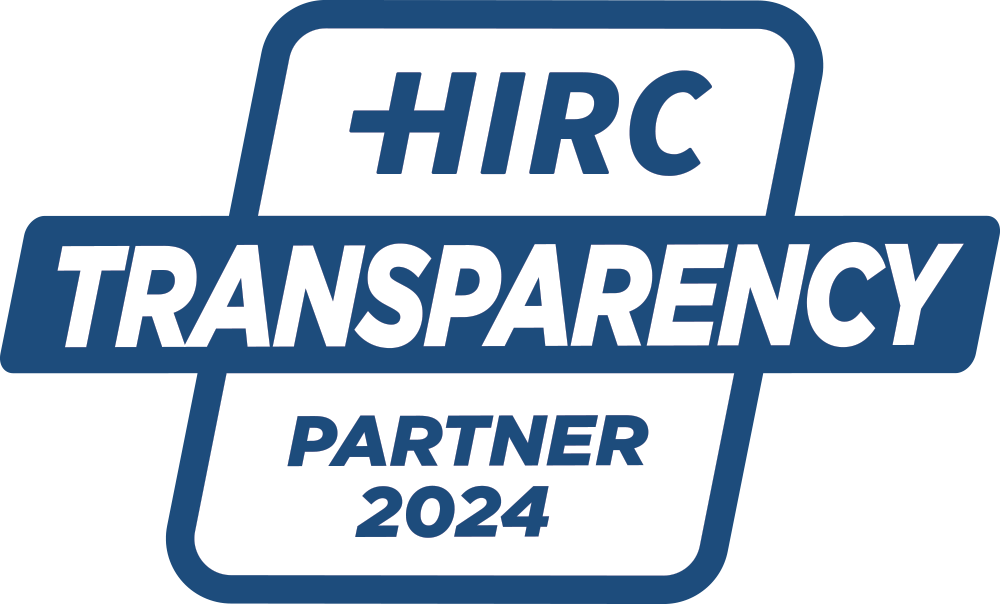Reprocessing means collecting used single-use medical devices, shipping them to a regulated reprocessor, and buying them back at about half the price of a new device, to reduce supply costs without adding risk.
After a procedure, single-use devices are wiped down and sometimes flushed, then collected from the hospital and shipped to the reprocessor. Here, they are sorted and identified to ensure they are cleared for reprocessing. Each device is labeled with a unique serial number to ensure traceability. The devices then go through a proprietary cleaning process. Following this, they are tested using validated and approved testing equipment to ensure functionality. After a thorough inspection of the reprocessed devices, they are sterilized and quarantined until all sterilization tests are successfully completed.
Only then are devices available for ordering by the hospital. Upon ordering, devices are shipped to the healthcare facility in convenient and protective packaging.
The entire process must be described and documented in a submission to FDA. After careful review, FDA grants a clearance for the reprocessor to reprocess the device. The clearance effectively means that the reprocessed device functions the same as a new device and does not pose added patient risk.
To be an effective reprocessing partner to the hospital, the reprocessor must invest heavily in R&D as well as in regulatory and clinical resources. The most effective reprocessors therefore specialize in a specific clinical area, where they can focus on developing new reprocessing technologies and methodologies, thereby getting clearances for increasingly complex devices that will increase savings for the hospital. In recent years, cardiology reprocessing clearances have come almost exclusively from the specialty reprocessor.




